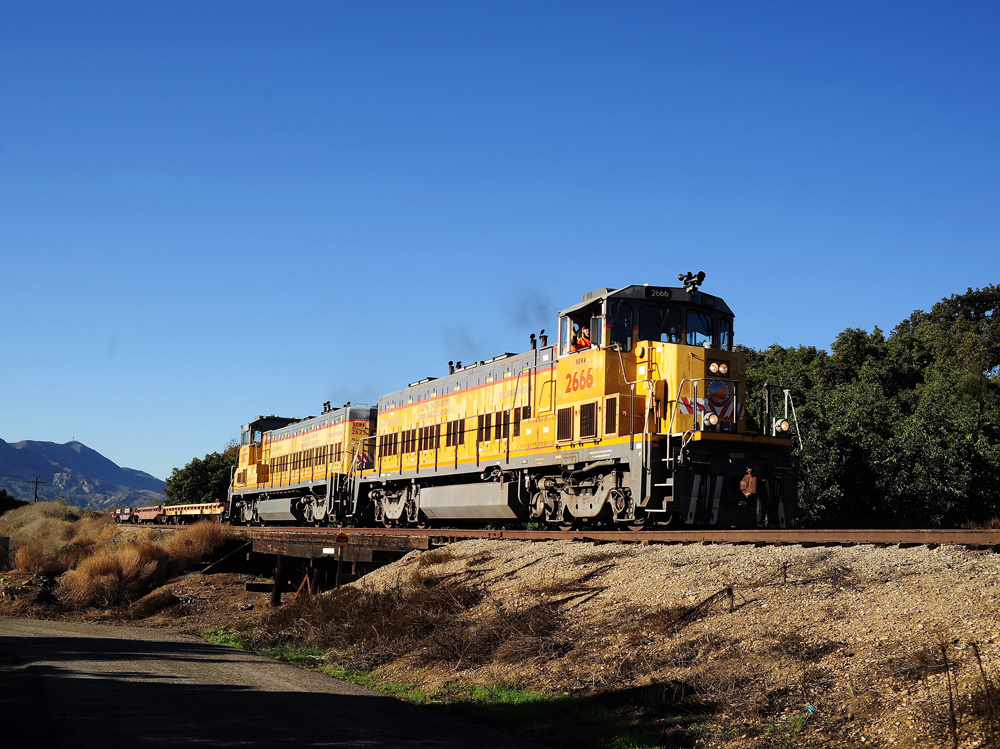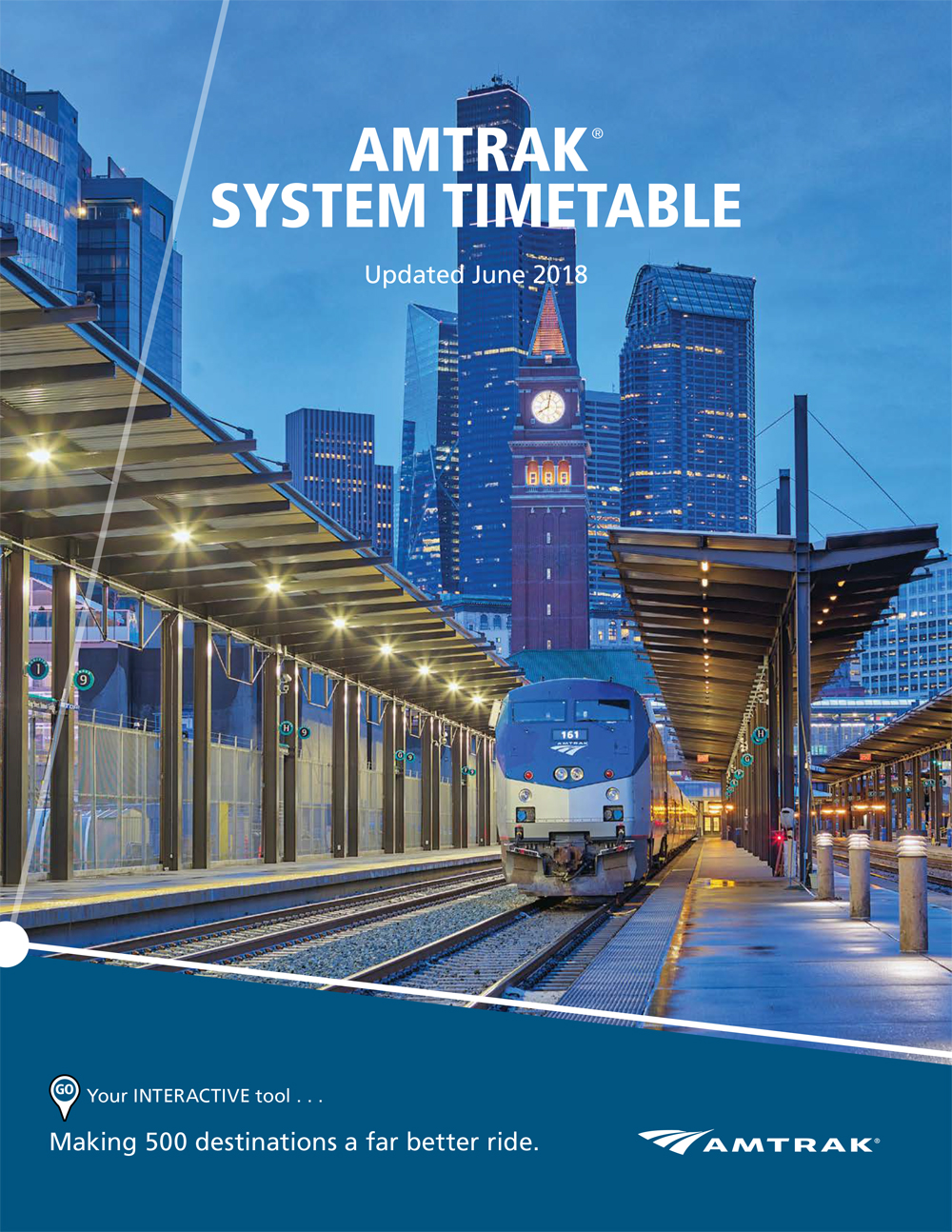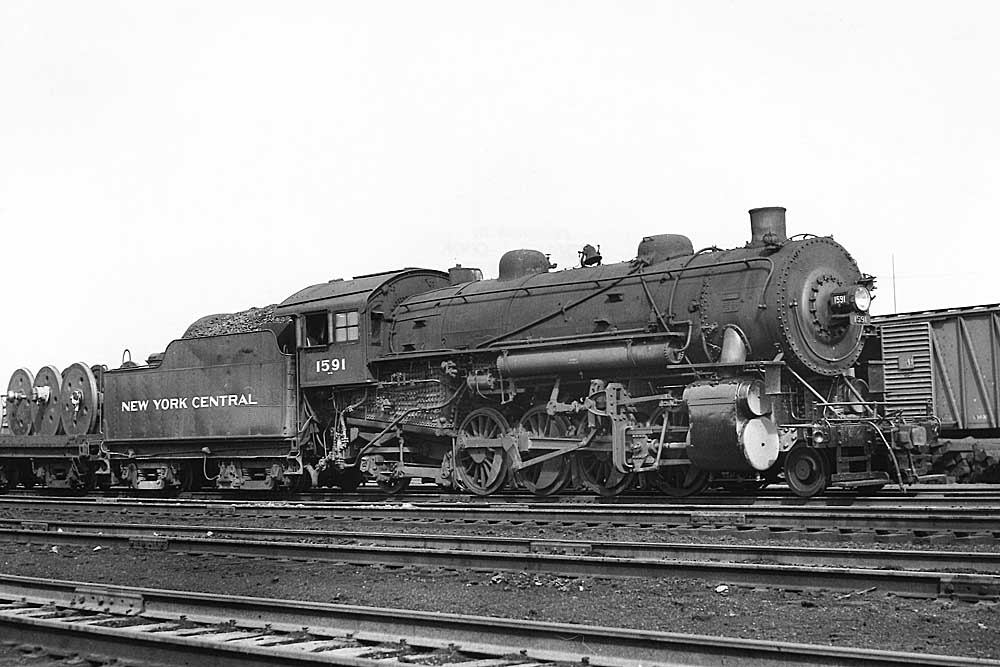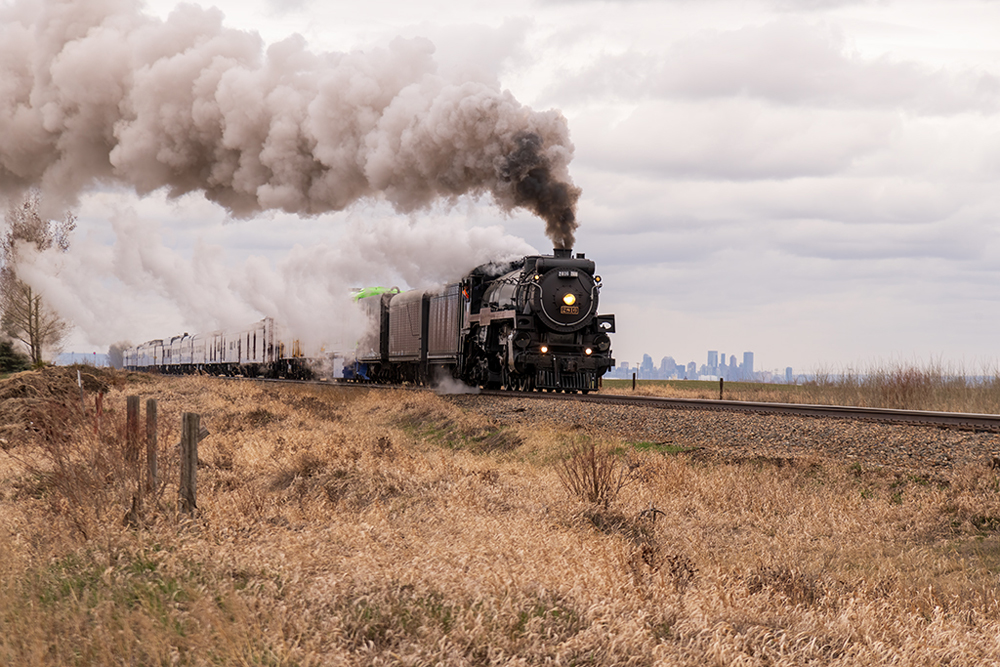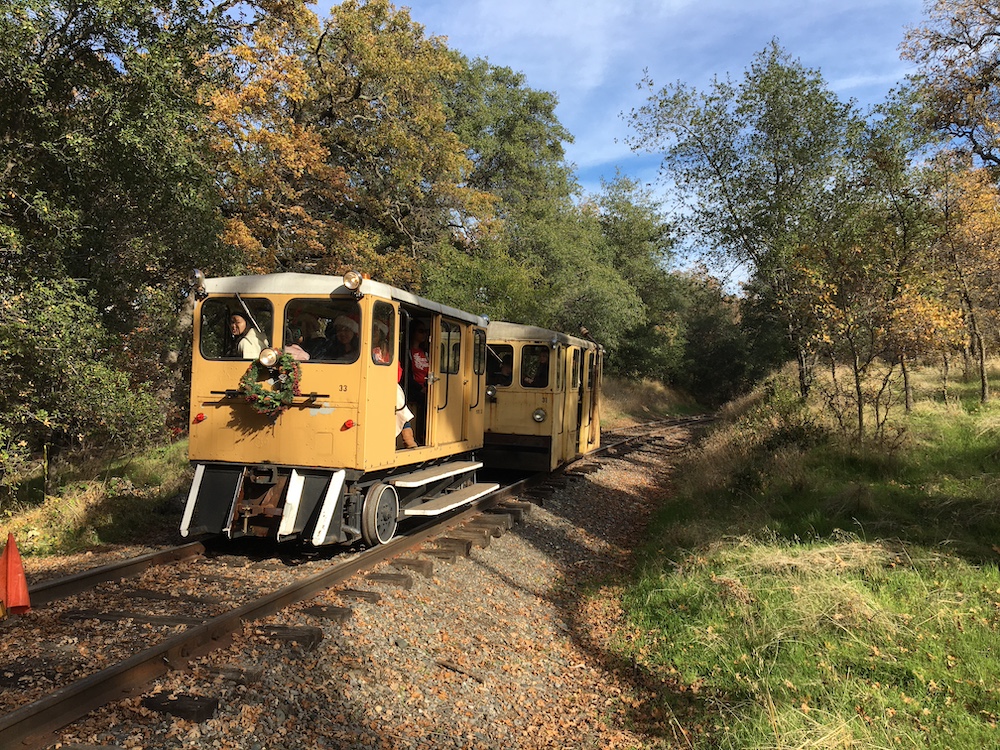Shortline railroading
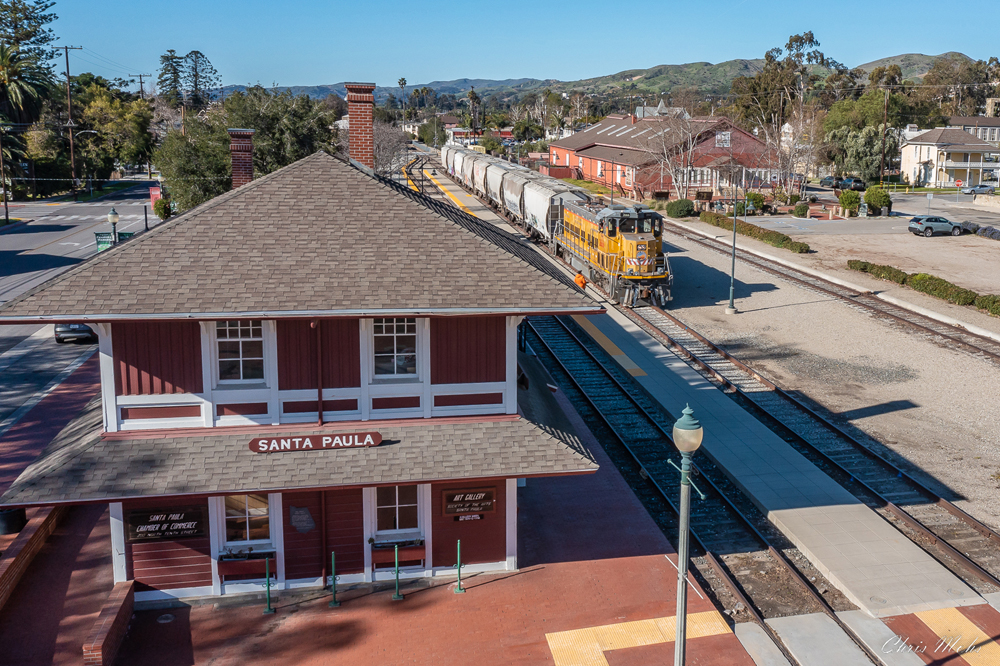
For many independent shortline operators, staying fiscally sound today means disregarding so much of what was once a winning formula.
You know, picking up freight cars at the interchange and delivering them to customers, then dropping off outbounds back at the end of the workday before heading to the barn. If all went well, everything stayed on the rails, your employees were happy, and your customers were happy to see you.
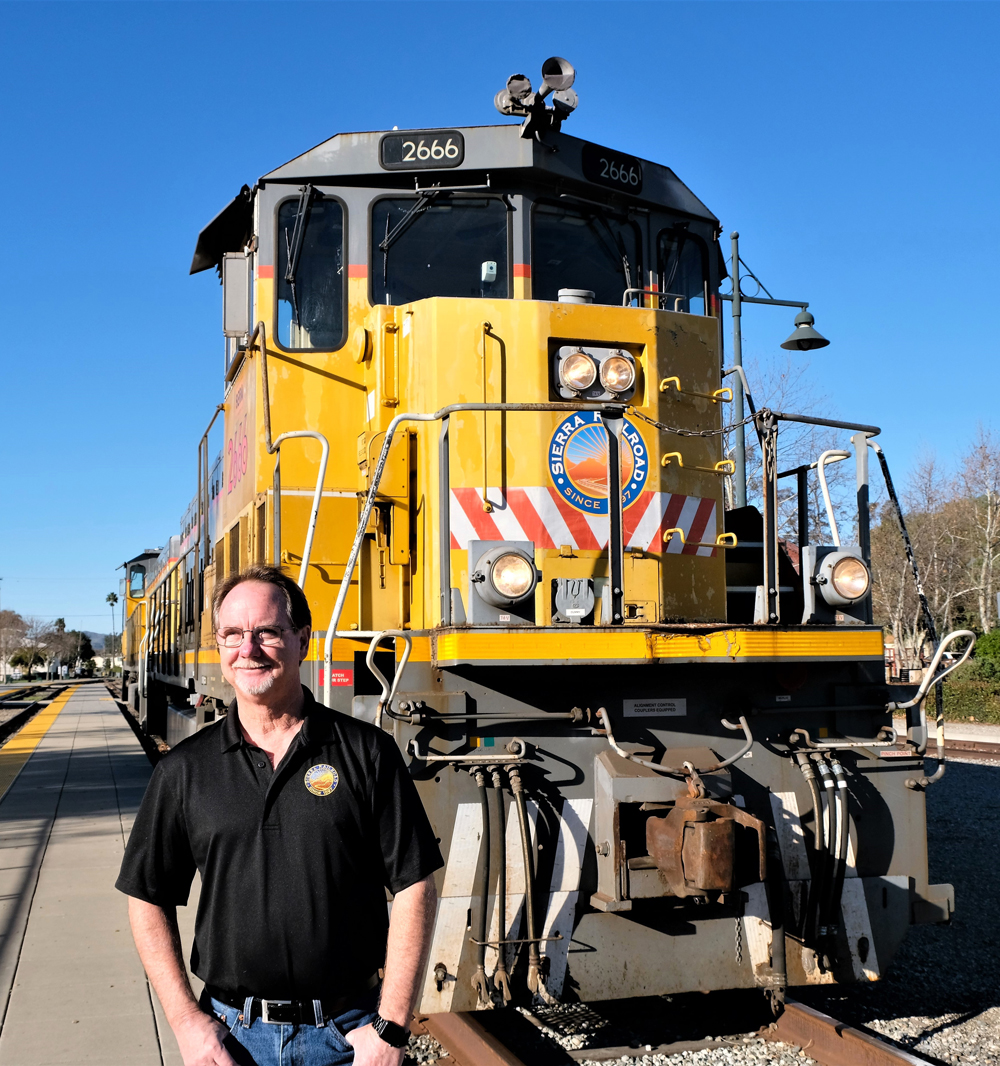
That dynamic, for many short lines, is a memory left in the dust.
In 2024, it’s an arena of competitive trucking companies, mischievous trespassing, homeless encampments, and copper thieves. Following closely behind are continuous objections about crossing gate noise and horns, and at the start of every workday, crews can be greeted by copious amounts of graffiti.
Remember when it seemed to be nothing more than Bozo Texino, or Kilroy Was Here on the side of a boxcar? Make no mistake. These problems, in some form or another, were always there, but they just never seemed as prevalent as they are today.
One example of a company stepping up to the challenge is Sierra Northern Railway — a conglomeration of disconnected lines operating in the state of California headquartered in West Sacramento. In particular, let’s put its newest acquisition, the Ventura Division between Montalvo, Calif., east to Piru under the microscope.
The 31-mile line winds its way through a combination of green fields and local farmers punctuated by small but very active towns.
Looking at a map, what is now a short burr off of Union Pacific’s Coast Line between the San Francisco Bay area and Los Angeles was once part of that former Southern Pacific route. A line change made it a secondary through route, flooding made it a stub end branch, and SP eventually ceased operations on it all together when local traffic, mostly from packing houses, switched to trucks.
Ventura County Transportation Commission picked it up to hold it for future use. Rails intact, it was used by a company that worked with movies, television, and commercial productions when they required railroad and train scenes. When that lease expired in 2021, the operating rights were acquired by Sierra Northern, headquartered out of West Sacramento.
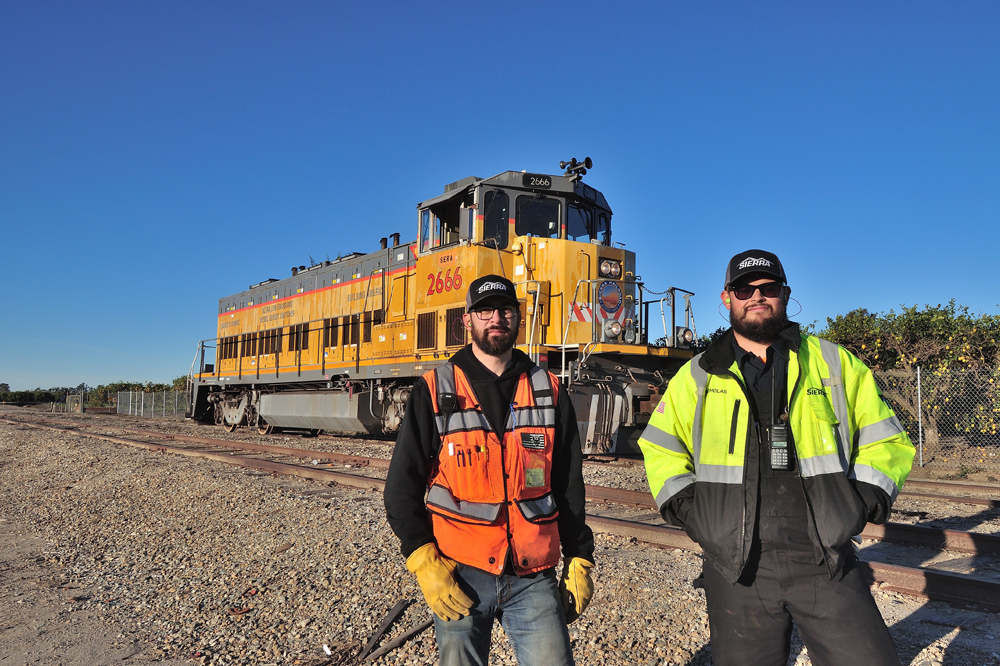
The First Steps
The preceding operator — Fillmore & Western Railway — had no formal interchange agreement with the outside world. The operation was looked on favorably by many locals, and when Sierra Northern arrived, there was an atmosphere of both welcome and resentment.
“‘It’s a whole different world out there from when I began my railroading career 30 years ago,” says SN CEO Kennan Beard III. His short line resume includes rising through the ranks to eventually become COO at the Modesto & Empire Traction Co., before helming Sierra Northern.
“You’ve always had to keep a tight rein on the operation, work with customers and potential customers, and try and make friends with the local communities,” he continues. “Today, however, every step, every decision, has to be carefully weighed. We have to thread the needle very carefully.”
Under Beard, the Division would temporarily suspend the various local passenger excursions F&W was fondly known for as it began the task of bringing back freight service. The work with the entertainment business — using the railroad as a stage for movies, television shows, commercials, and music videos, would continue.
Sierra Northern management promptly went to work on a strategy to make the Ventura Division a good acquisition.
The first effort was to aggressively introduce itself to the few potential customers still in the area and show them the advantage of shipping via rail versus truck. So far, one customer has come back via a transloading agreement for its agricultural products just to the west of Santa Paula.
Second, look for alternate ways to generate money from the line as SN attempts to lure new customers. To that end, in the middle of a citrus grove just east of Fillmore, is Parallel Systems, quietly experimenting with automated, battery-electric, freight rail vehicles.
Then there are railbikes. When trains aren’t operating, railbikes, operated by sister company Sunburst Trains lets riders propel a modern two-seat handcar that uses a combination of an electric motor and pedals on an adventure through the farms and orchards of the Santa Clara River Valley.
Car storage is also a source of revenue. As railroads both big and small are aware, there’s money to be made in storing surplus freight cars for other railroads and private shippers. To that end, the Division has parked dozens of excess covered hoppers at various places on the line.
Which has drawn a little controversy.
A bridge crossing Sespe Creek just outside of Fillmore collapsed during a heavy rain storm in 2023, and the original plan, to store them away from civilization became temporarily impossible. Several local residents were unhappy to find the cars sitting next to well-traveled roads and noisily brought up that concern during various town meetings. When the bridge is rebuilt, a responsibility of the line’s owner Ventura County’s Transportation Commission, the cars are scheduled to be moved away from public view.
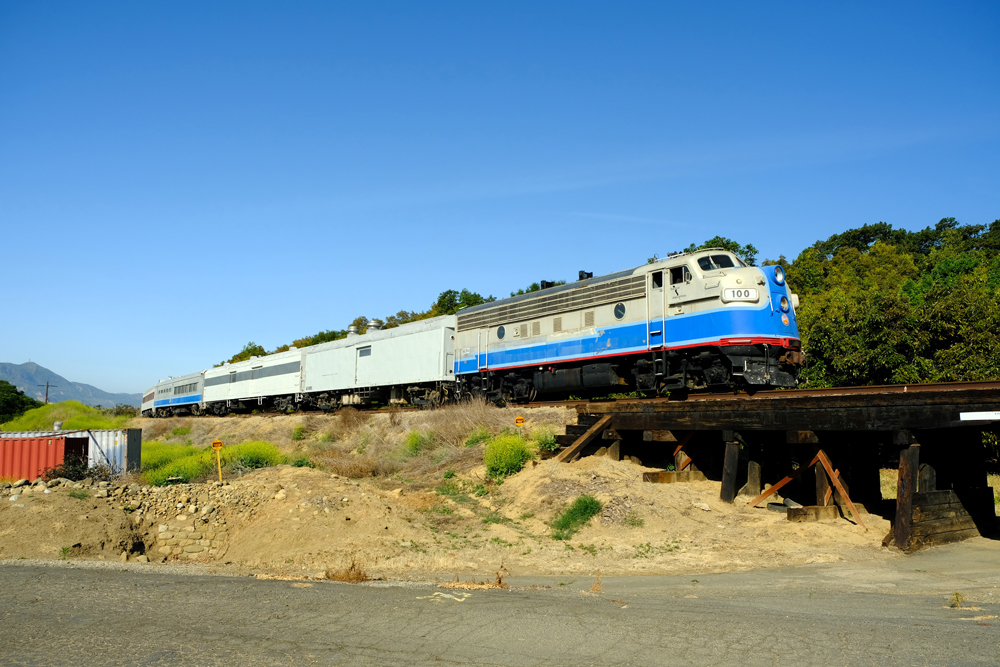
Then there is providing railroad services to Hollywood. More often than not, when the entertainment industry (movies, television, commercials, and video) require a railroad scene using locomotives and passenger cars, the railroad gets a call or email. Over the years, hundreds of productions have graced these rails, and the area has subbed for almost every other part of the country in any decade or century.”
“Every day is a new challenge and a new set of problems,” says Matthew Blackburn, Division Manager. “I’m supervising everything from the tie gang to locomotive maintenance, brush removal to working with the cities along the line and VCTC. After lunch I’m heading out to see what can be done about a group of homeless a few miles outside of Santa Paula, then meeting with a local citizen who wants to talk about storage cars blocking her view of the valley.”
As he walks out of the railroad shops in Santa Paula and heads to his car, Blackburn opens the truck door, looks at the reporter and says, “This is a good company and I’ve got a great crew. I’m enjoying myself and wouldn’t change a thing.”
As Blackburn puts the truck in drive, his cell phone rings, and he hits the handsfree button. “Sierra Northern, Matt speaking.”
For more articles on the SN, check out “The making of a holiday train.”
